Latest Posts
SD Card VS SDHC What’s the Difference?
Introduction
When expanding your device’s storage, SD Card Vs SDHC might be your go-to options. But do you know how they differ? From capacity limits to speed ratings, these cards serve different purposes. Knowing the best suited for your tasks can optimize your device’s efficiency and save you from compatibility issues. So read on; this write-up explores it all.
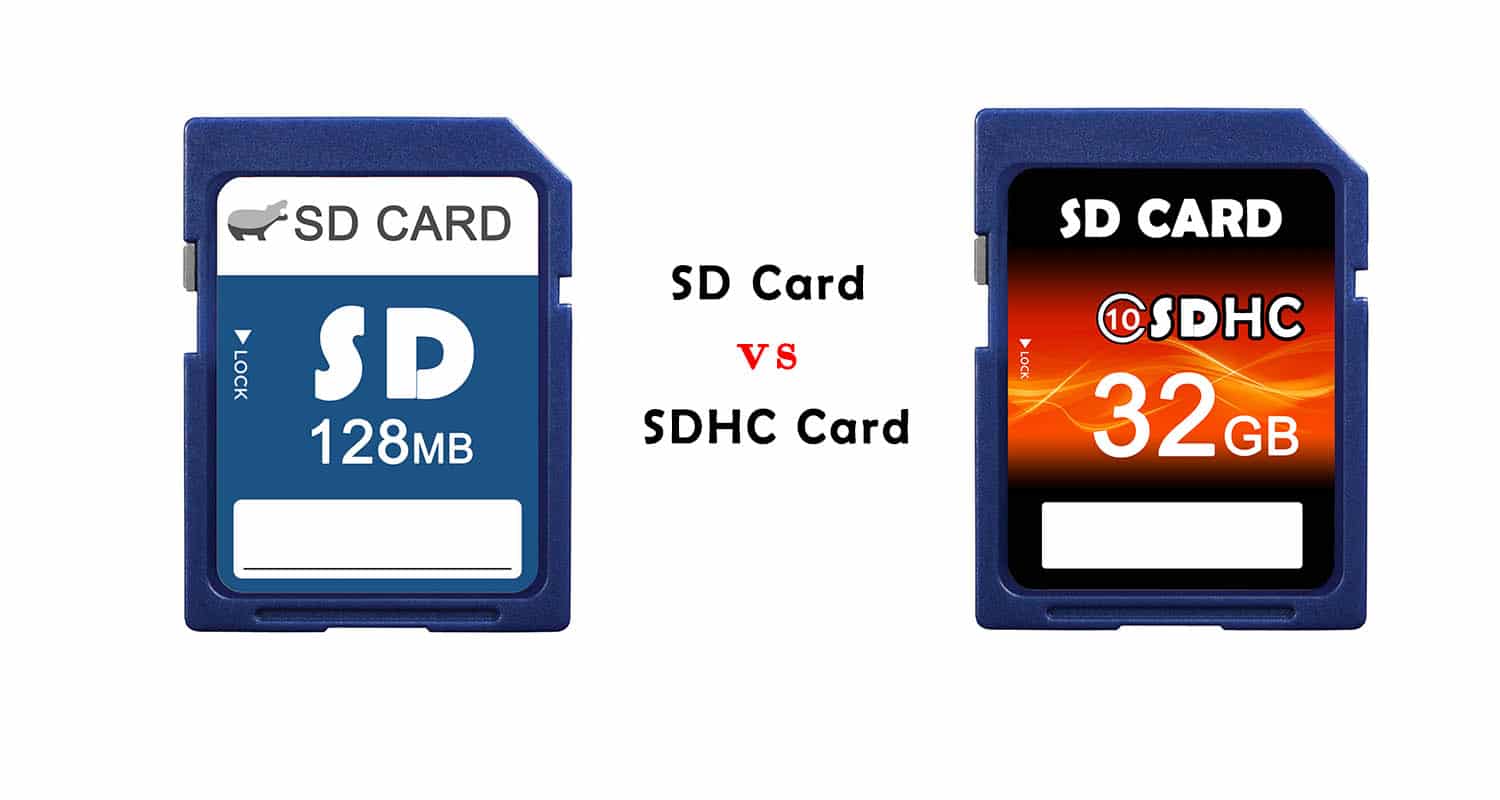
Overview of SD Card Vs SDHC
SD Card
SanDisk, Panasonic, and Toshiba developed a compact device for storing data in 1999. With a 2GB capacity, SD Card revolutionized storage by replacing bulkier formats. Its small size and compatibility with multiple devices made it famous quickly.
With a 2GB capacity limit due to the FAT16 file system, SD cards suit smaller files and low-res media. Older gadgets, like early cameras and media players, often use them.
SDHC Card
Secure Digital High Capacity cards, which came onto the scene in 2006 with enhanced storage, are an upgrade from the standard SD card. They help meet the rising demand for storing HD videos and complex photographs.
With their file system FAT32, they can handle larger files and speed up data transfer. It makes them perfect for HD cameras and smartphones that need to read and write data quickly.
While they are compatible with many SD-supporting devices, older models may not recognize them. Devices from 2006 onwards usually have no problem working with SDHC, especially those used for HD videos or large photo bursts.
SD Card vs SDHC
Selecting an SD or SDHC card requires considering key aspects. Understanding the differences helps you choose the most suitable option.
1. Capacity
SD cards provide a maximum storage of 2GB, which is sufficient for basic applications or older devices. But with modern technology advancing, 2GB can quickly feel small.
SDHC cards solve this with a range from 2GB to 32 GB. It allows for storing high-resolution images, videos, and larger files, making them ideal for today’s digital devices.
2. Speed
The speed class of SD cards varies, often making them slower than SDHC cards. Standard SD cards can achieve speeds from 2 MB/s to 20 MB/s based on their class rating. This slower performance can limit devices that require quick data access, particularly when recording high-quality video or burst photography.
So, SDHC cards usually provide faster speeds, starting at 4 MB/s and reaching up to 300 MB/s for high-speed versions. This improved speed is crucial for recording HD video or transferring large files swiftly.
3. Compatibility
SD cards are compatible with various devices, especially older models. However, many modern gadgets do not accept standard SD cards. They are built for SDHC cards instead.
SDHC cards will work in devices that support them. Most newer devices like smartphones and cameras can use them.
Yet, these cards cannot be used in devices meant for standard SD cards. Checking specifications is crucial before purchasing.
4. Cost
Standard SD cards are usually less expensive because they have lower storage capacity and older tech. You can find them for a few dollars for the smallest sizes, but the prices increase for higher capacities. These cards may not suit users with heavier storage demands.
SDHC cards tend to be more expensive but offer more storage capacity. Their prices vary by brand, speed, and size, starting at about $10 for smaller cards and reaching over $50 for larger ones. An SDHC card can be worth it for the extra storage and faster performance.
5. File Format System
Standard SD cards use the FAT16 file system, restricting capacity to 2GB. This can create problems when managing larger files.
SDHC cards, but use FAT32. They allow storage from 2GB to 32 GB. This file system also supports larger files, required for HD videos and graphics.
6. Applications and Use Cases
SD cards work well for simple storage needs. Their limited capacity and slower speed suit older devices such as cameras and music players. They effectively store simple documents and images when high speed isn’t necessary.
In contrast, SDHC cards excel in HD photography, video recording, and gaming. Modern devices like DSLRs, mobile phones, and gaming consoles require high performance, so SDHC cards suit them.
How to Use Them in Different Devices?
Using SD and SDHC cards effectively across various devices is crucial for maximizing their benefits.
Check Device Compatibility
- Most devices with SD card slots list supported card types in the manual.
- If unavailable, check the manufacturer’s website for specifications.
- Examine the memory card slot for markings indicating compatibility.
Common Use Cases in Different Devices
- DSLR and mirrorless cameras usually support SDHC cards for high-resolution images. Point-and-shoot cameras are generally compatible with both card types.
- Many smartphones do not have microSD slots, but those that do typically support microSDHC cards.
- Fast SDHC cards are essential for 4K video storage. Look for UHS-rated cards to ensure smooth performance.
- Some tablets and consoles use SD or SDHC cards for additional storage.
Tips for Maximizing Your SD/SDHC Cards
- Format the card in the device for optimal performance.
- Choose cards with higher speed class ratings for demanding tasks.
- Store cards in protective cases and label them for easy identification.
- Regularly backup data to prevent loss.
- Maintain some free space to improve performance.
- Monitor card usage to determine when to replace them.
You can choose SD and SDHC cards wisely by recognizing compatibility and typical uses. Following best practices will improve your experience.
Final Thoughts
Your choice between SD and SDHC cards should reflect your needs. SD cards are suitable for basic tasks and older gadgets. For those with modern technology, SDHC cards provide higher storage. If you’re budget-friendly, standard SD cards can work. However, an SDHC card may be beneficial if performance and space are priorities. Understanding these distinctions helps you select the right card.

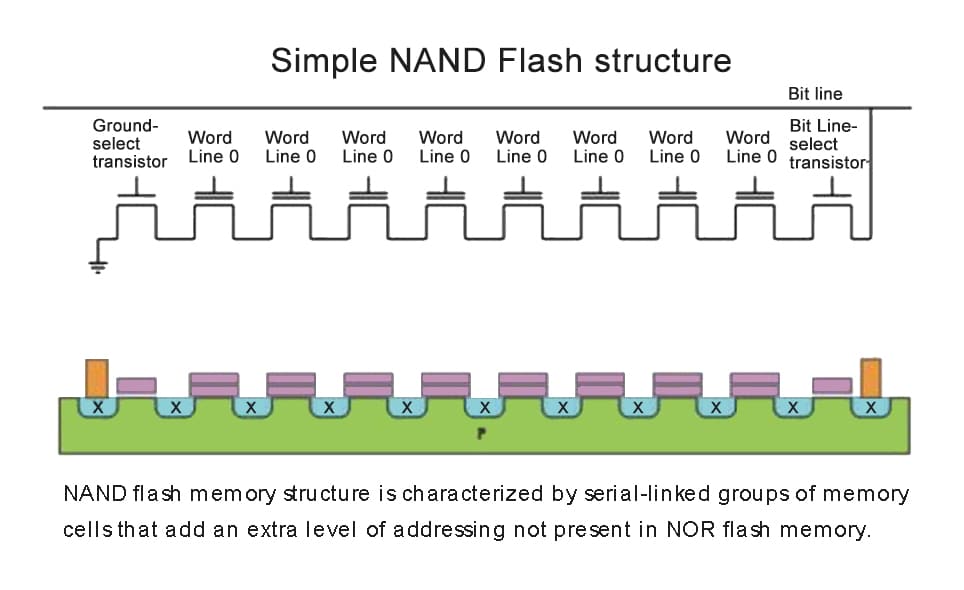
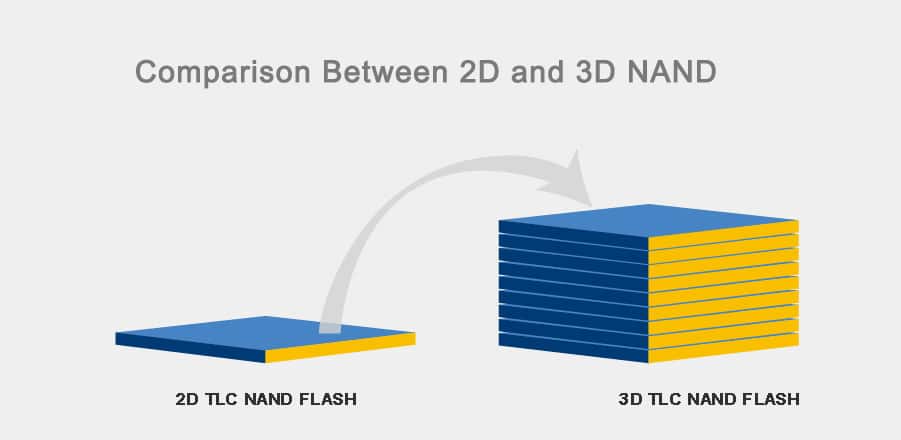
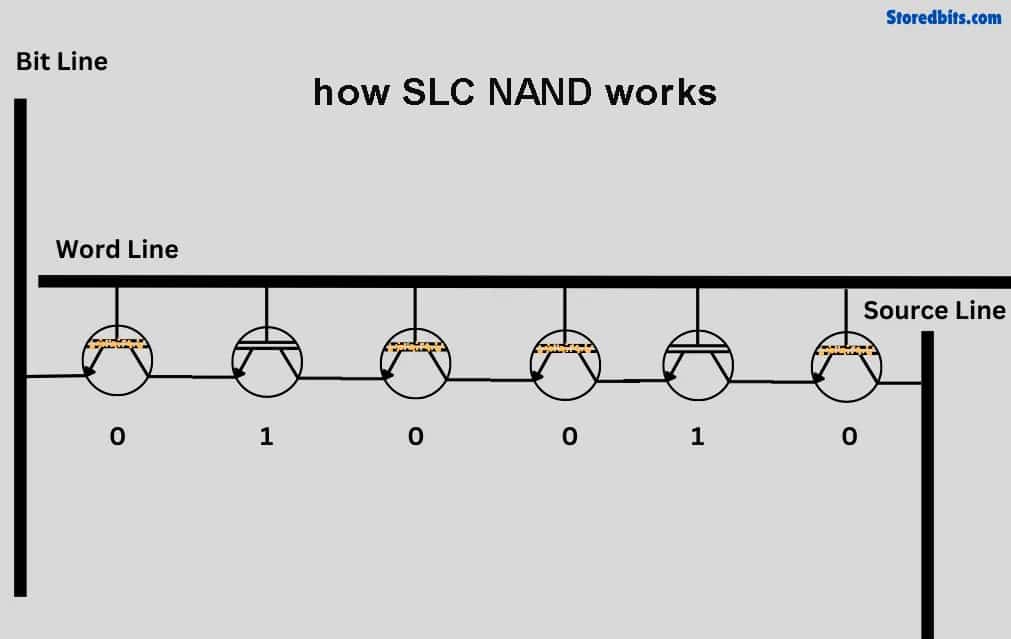
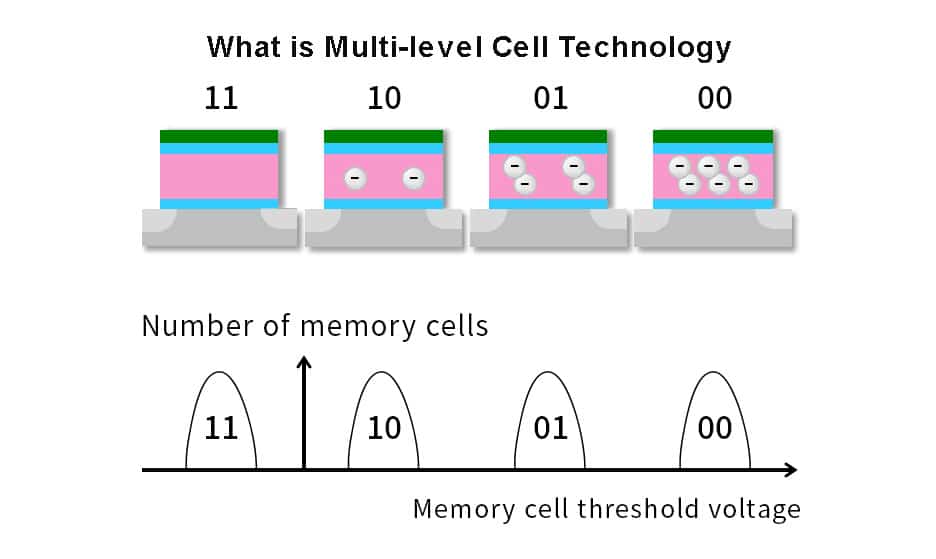
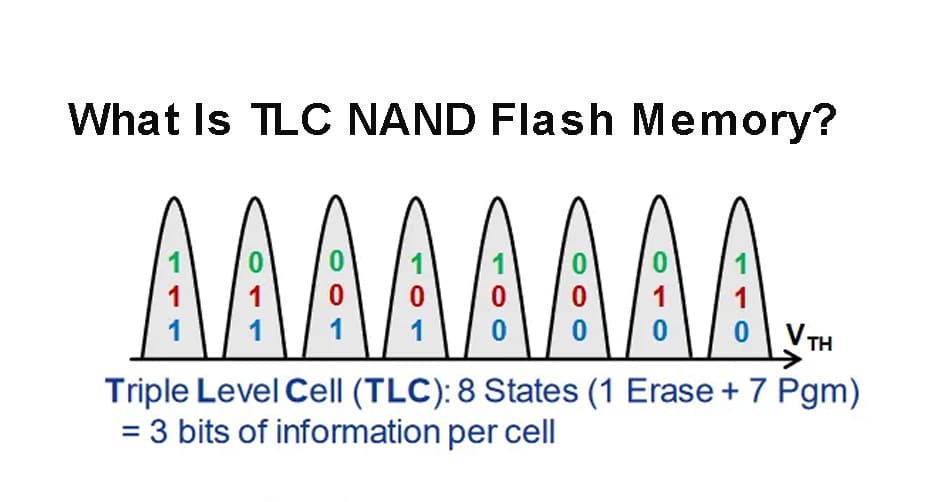
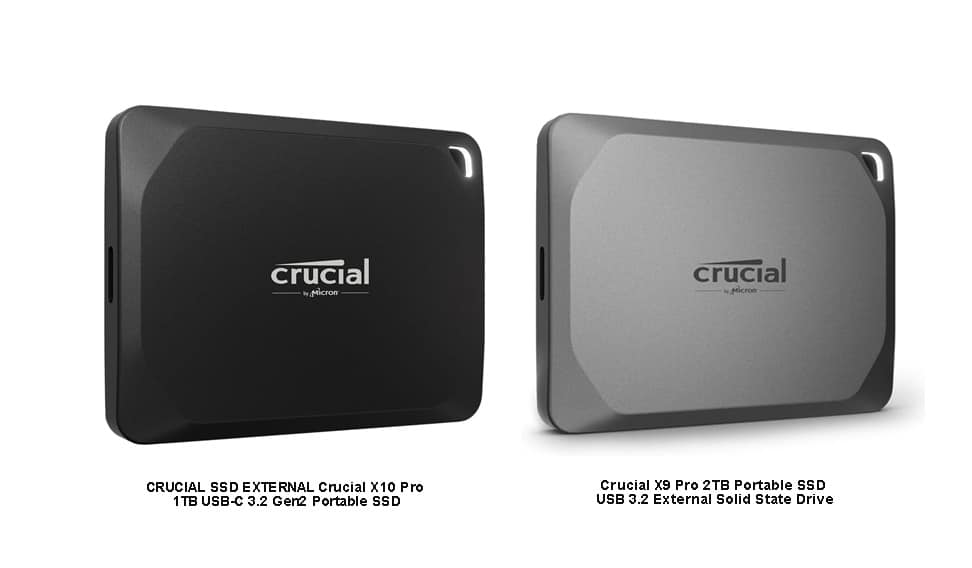
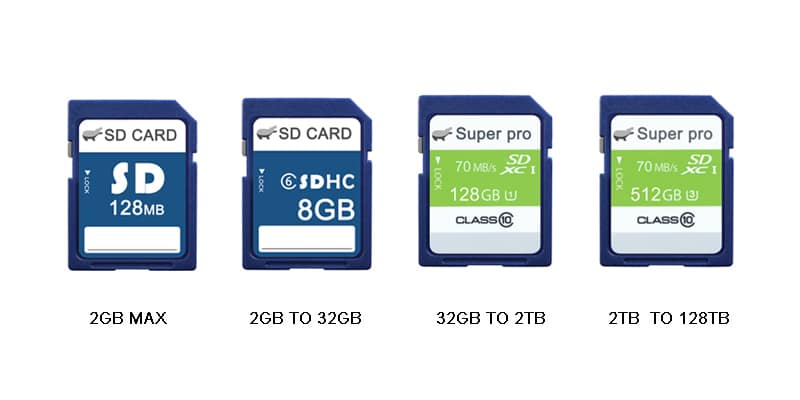
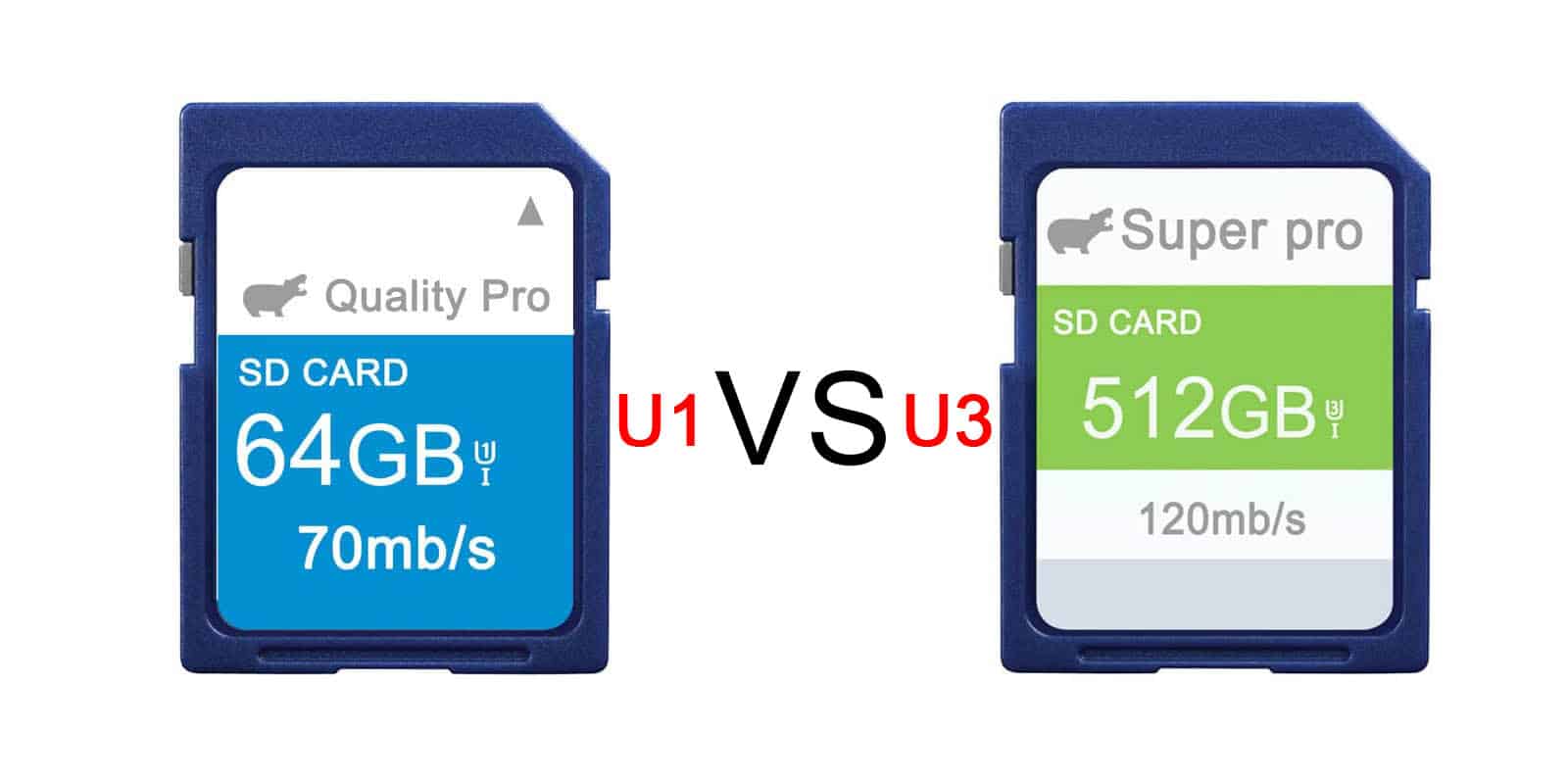
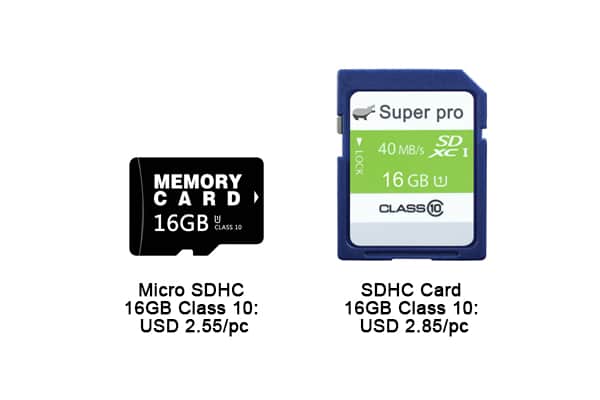
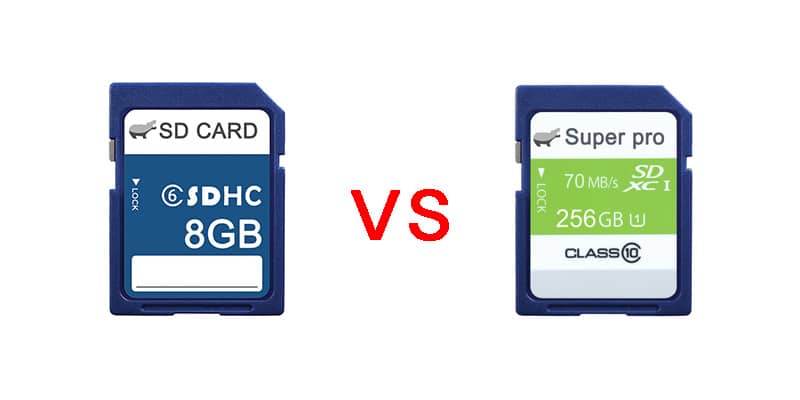
Leave a comment